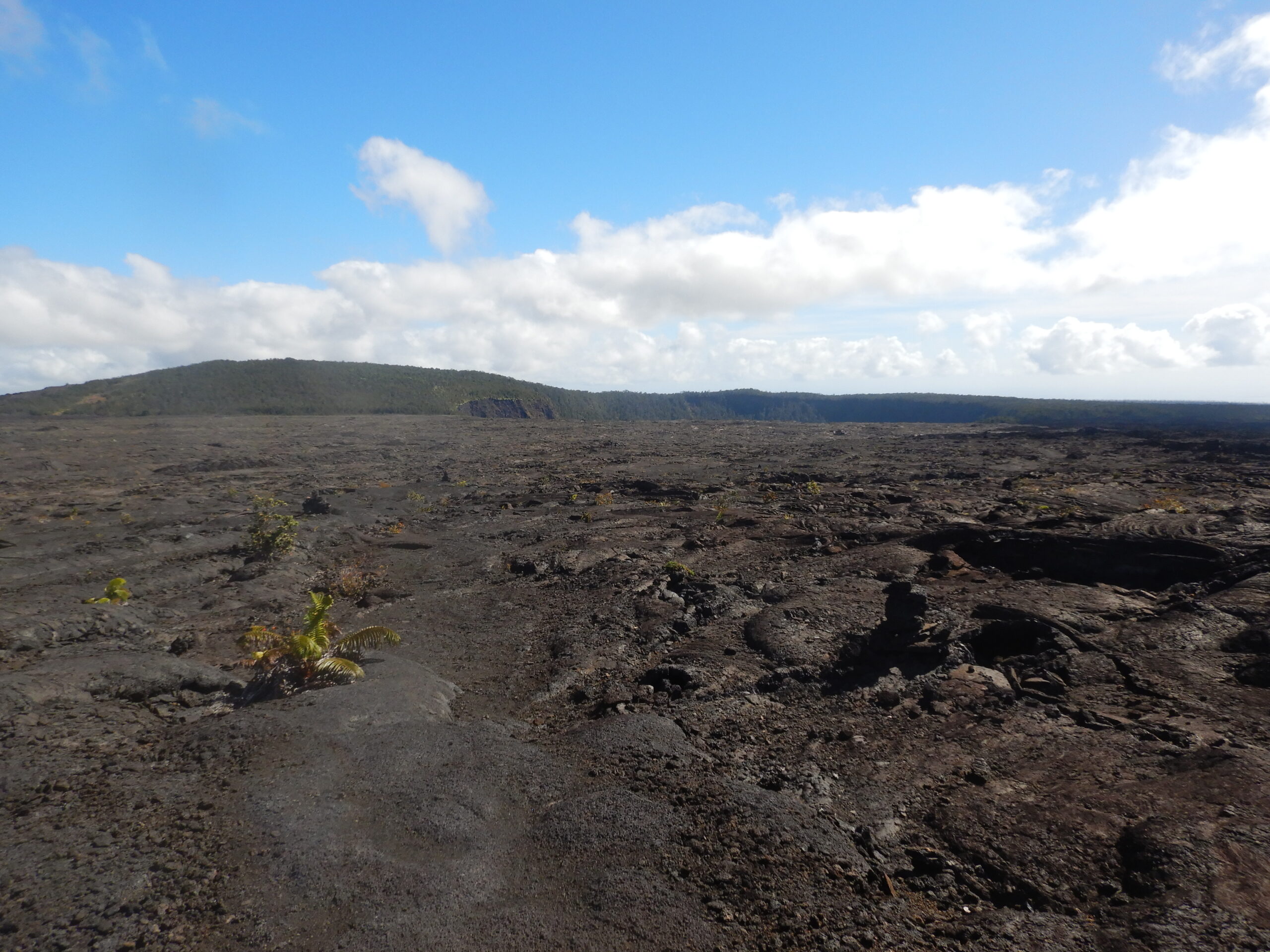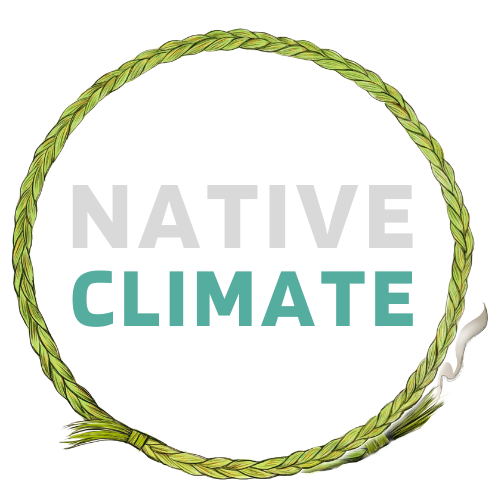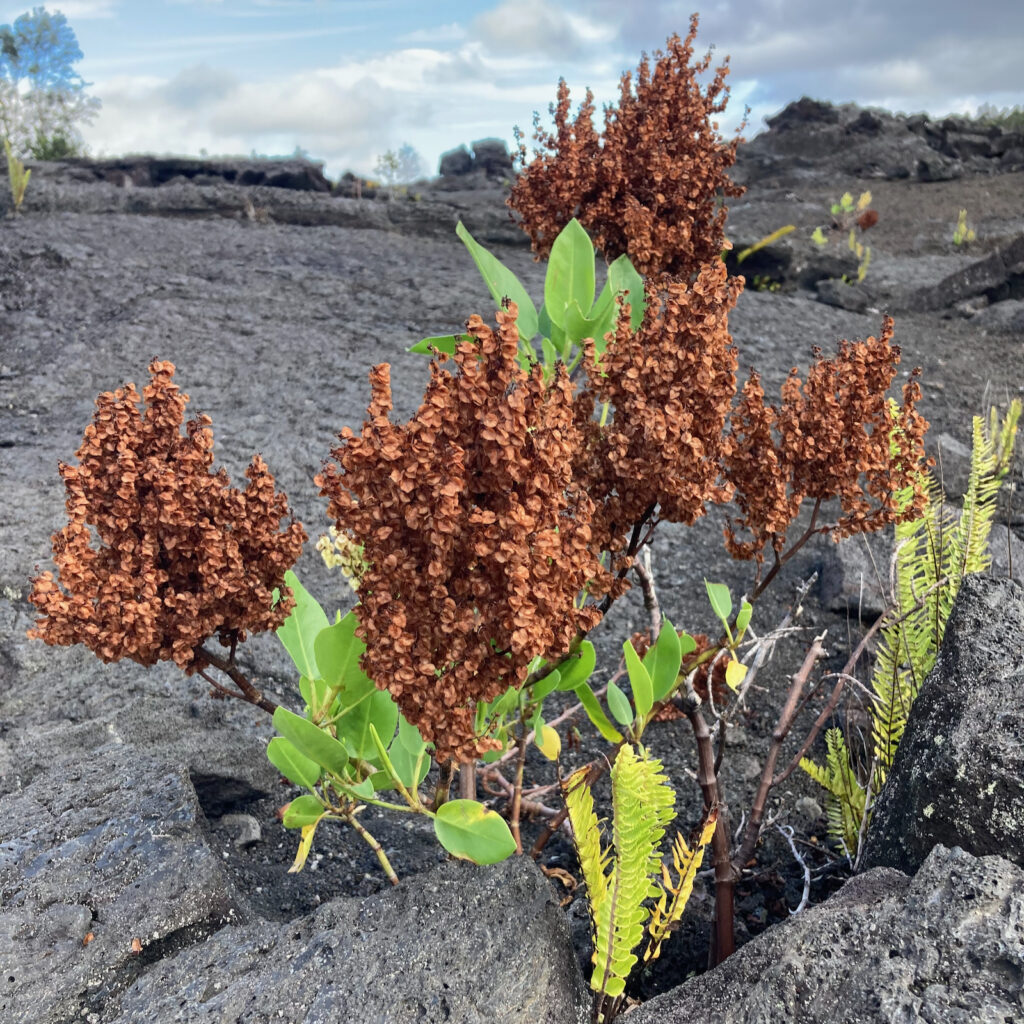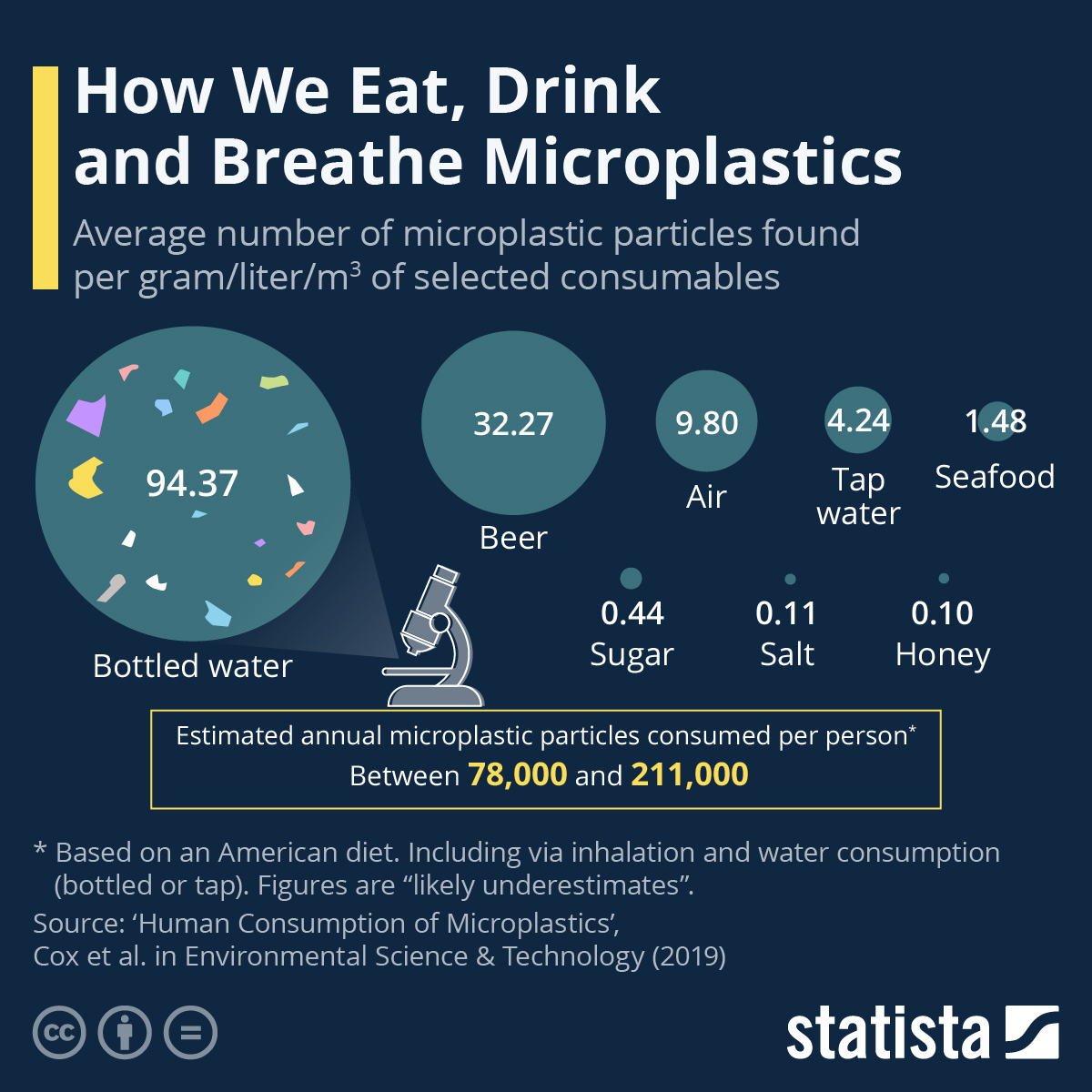Author’s note: This piece draws from the intersections of my experiences as a gatherer, student of Hawaiian medicine, and ecologist. An increasing number of studies in recent years have shown the presence of microplastics within human placentas (Ragusa et al. 2021, Liu et al. 2022, Zhu et al. 2023), hearts (Yang et al. 2023), and lungs (Amato-Lourenço et al. 2021, Jenner et al. 2022). It is not yet fully understood how microplastics within human organs and bloodstream affect health although initial studies suggest diverse negative effects (Yin et al. 2021). In this poem I specifically reference the negative effects of microplastics on oysters and their reproduction, as this is well-documented (Galloway & Lewis 2016, Sussarellu et al. 2016, Gardon et al. 2018). In ʻŌiwi tradition, the marine invertebrates are some of the oldest ancestors within our cosmological genealogy (Kumulipo). This is a great sorrow and a reflection of our collective failure as caretakers of our ancestrally-linked organisms. Microplastics are now in our food sources, our air, and our water. Microplastics are a part of our climate.
Photo, above: A Hawaiian Pāwale (Rumex skottsbergii) plant. Credit: Gina McGuire.

Credit: Gina McGuire.
TRUST THE RAIN
“Let me look at your tongue,”
the healer said to the child.
“What is it?” the young parents
wanted to ask but they swallowed
their trepidation in respect
and in dread.
“ʻEa,” the healer says of
the tongue coated white.
ʻEa. Infection, thrush.
“You can scrape the tongue,
but this is just a kinolau
A sign. Of something deeper.”
ʻEa. It was fed by the sugars,
processed foods, the words
left unsaid.
The healer pressed his palm
down the child’s back.
“It feels like sunlight,” the child
said with a smile, looking up.
“Like pushing a blue sky day.”
“Is there anything we can do?”
the Mother asked. For it was
not the white tongue, but the
listlessness, the lack of light in
her child’s eyes that kept her
awake long into each night.
“Pāwale would help,” the healer said.
“But it must be fresh. I will go. Today.”
And so the healer went, to the high,
sloping lava scrublands, chanting as
he walked, seemingly alone. The plant,
pāwale, long a remedy for thrush
among the healers of old. It has
special powers. “We all do,” his teacher
had told them in ceremony. But what good
were his powers in the face
of the changing winds?
He pressed his cheeks into the chill
breeze. Few spoke of the plant people,
no longer to be found where once long
remembered. Few discussed how
mankind had changed Heaven’s
very chemistry. He thought of the
reports of the microplastics being
found in lungs, hearts. In placentas.
The lifeblood of all those yet to come.
The reports of microplastics in Sea.
The ailments of the ʻŌlepe, the oysters,
and their reproductive sorrow.
ʻEa,
he pondered, directing his prayers to the east.
Praying for the child and the soon-to-be-born
who had not chosen this fate.
ʻEa. It was also the word his people had
given plastics. ʻEa. It was the plastics so
much a part of them, now inextricable within Water.
Within Blood.
ʻEa must be within the medicine
he now hunted. He sent again, his
constant prayers to the east.
Towards the gathering storm. For what would
happen now, when he could
no longer trust the rain?


